Presenters and presentations on Friday 4.12.2020
Project Leader Janne Salonen: The Myrsky II restoration project
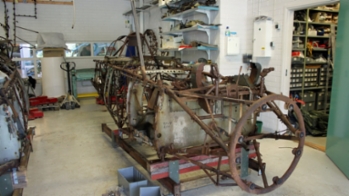
MY-14 at the beginning. Photo: Finnish Air Force Museum
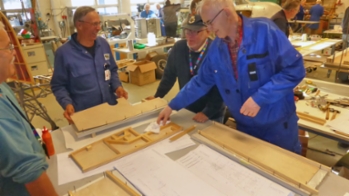
Production of wing ribs. Photo: Lassi KarivaloKuvateksti
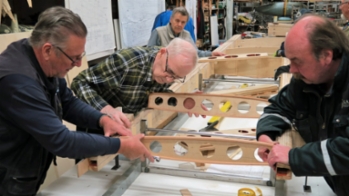
Wing assembly. Photo: Lassi Karivalo
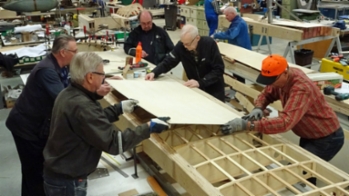
Covering by plywood. Photo: Lassi Karivalo.
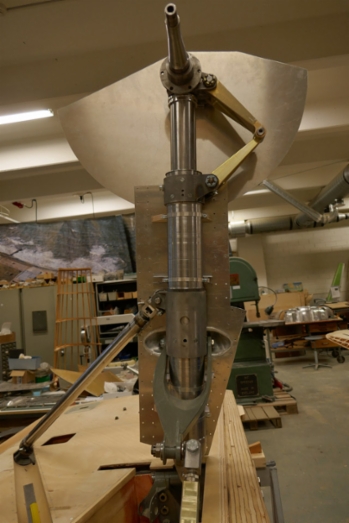
Landing gear. Photo: Lassi KarivaloKuvateksti
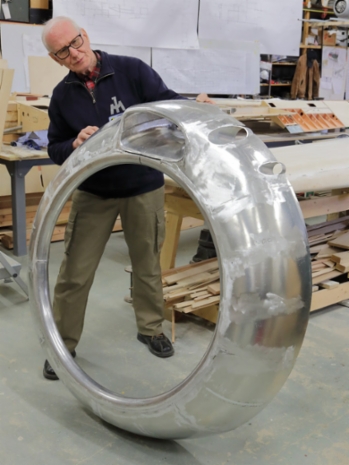
Matti Patteri and NACA ring. Photo: Jorma Laakkonen
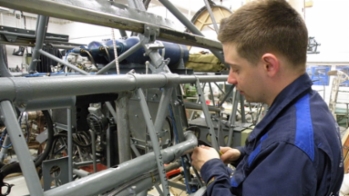
Switch box installation. Photo: Finnish Air Force Museum
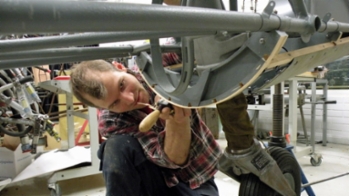
Former adjustment. Photo: Finnish Air Force Museum
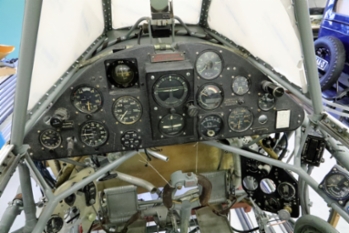
Cockpit and dashboard. Photo: Jorma Laakkonen
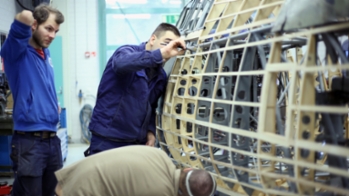
Painting of wooden parts. Photo: Finnish Air Force Museum
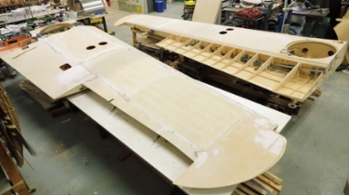
Wings in summer 2020. Photo: Jorma Laakkonen
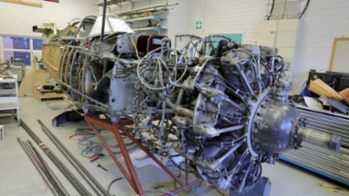
Fuselage on summer 2020. Photo: Jorma LaakkonenKuvateksti
Conservator Harri Huopainen: The conservation of the Brewster 239 BW-372 and the Hawker Hurricane I HC-452
Both planes are good examples of established conservation methods of Finnish Air Force museum, where planes are preserved in as original condition as possible and drastic renovation methods are avoided if possible. That includes preserving of paintwork and covering fabrics etc., that would need to be replaced if the planes are to be restored to static condition representing new or operational plane or to flying condition. Brewster and Hurricane made this approach easy to apply as both planes were preserved in highly original condition and it was possible to concentrate mainly on preservation work.
Most notable differences between the projects are that the Brewster was shot down and damaged on an emergency landing and has been submerged for many decades on a bottom of a lake. Hurricane was on better condition when the project started, as it was put on storage after it was removed from operational service. On the other hand, most of its equipment was missing as most of the useful items were removed when the plane was grounded and certain items were also removed or broken when the plane was on storage. There was also some damage on airframe that the plane had suffered during the decades of storage and display.
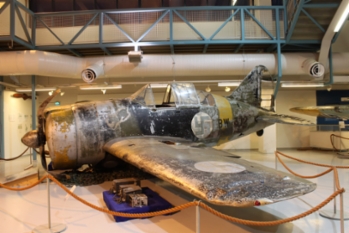
BW-372. Kuva: Antti Lappalainen.

BW-372. Kuva: Antti Lappalainen.

BW-372. Kuva: Antti Lappalainen.
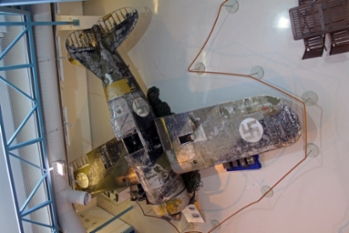
BW-372. Kuva: Antti Lappalainen.

HC-452. Kuva: Antti Lappalainen.
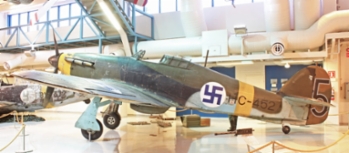
HC-452. Kuva: Antti Lappalainen.
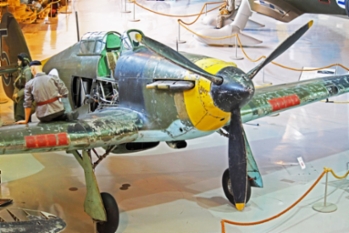
HC-452. Kuva: Antti Lappalainen.

HC-452. Kuva: Antti Lappalainen.
Conservator Michael Loftus: The Messerschmitt Bf 109 restoration
The aircraft has been at the museum longer than the presenter has. So he will rely heavily on information from Gunnar Koch of the Bodø Luftfartshistoriske Forening and the volunteer group, who have conducted the majority of the work.
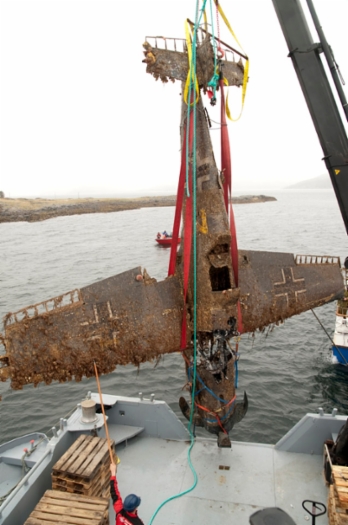
Bf 109
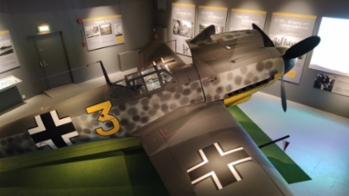
Bf 109
Manager Darren Priday: RAF Museum: Behind the Scenes at the Royal Air Force Museum
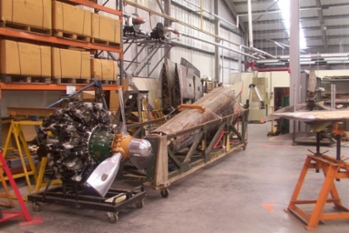
Photo: Wikimedia Commons.
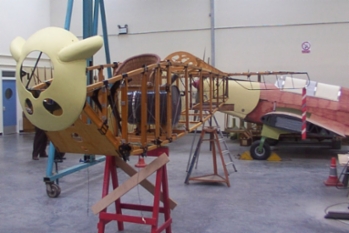
Photo: Wikimedia Commons.
Project Leader Torsten Nilsson: The Saab B 18 restoration
The pilots were ordered via radio to turn south to land at Sundsvall-Härnösand airport, which was the nearest airport open during the winter. The division was split and two by two they flew through the clouds of snow and fog. During the flight to the south information was transmitted to the pilots that Sundsvall-Härnösand Airport was closed due to fog and snowfall. With almost empty tanks there were no possibilities to reach the next available airfield. Shortly thereafter the dramatic order was heard on the radio.
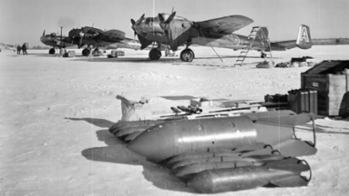
Saab B 18B
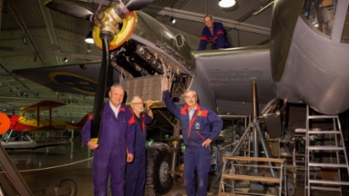
Saab B 18B
Project Manager Jakub Link-Lenczowski: The restoration of the Caudron-Renault C.R.714 CA-556
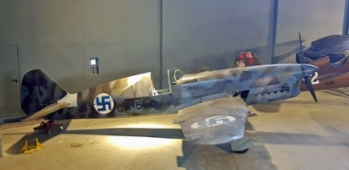
CA-556
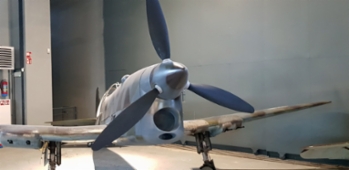
CA-556
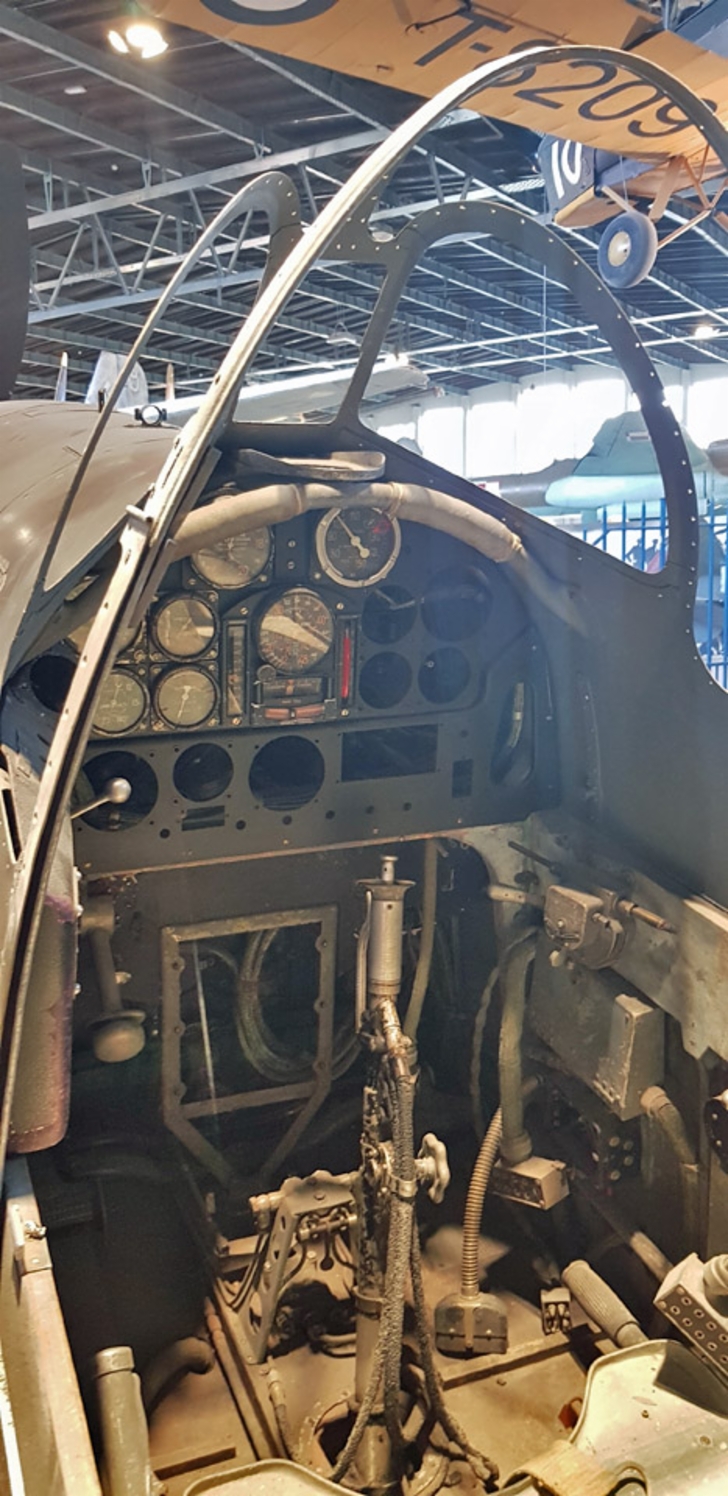
CA-556
Vice President of Education and Collections Katie Swaringen: The Miracle on the Hudson project
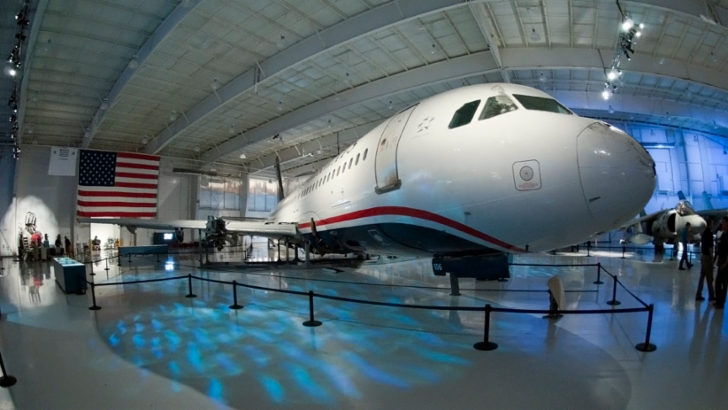
Airbus A320 N106US
